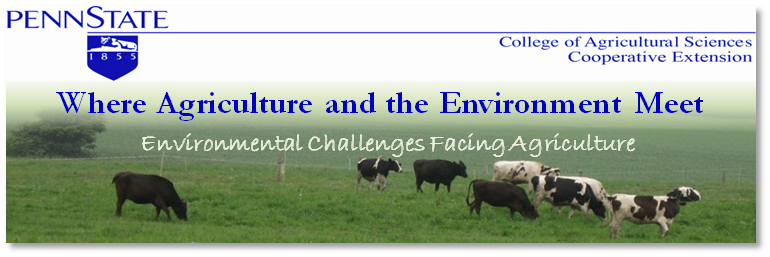What does grouping animals have to do with water quality? Initially they may not seemed connected, but grouping animals can have big impacts on local water quality. Cows can be grouped by age, pregnancy status, or stage of lactation. Although all grouping strategies have benefits, grouping cows by stage of lactation is the most beneficial for water quality.
Cows at different stages of lactation have different levels of milk production. When cows first calve their milk production is relatively low, but rapidly increases and peaks around 60 days post calving. After that, milk production declines at a slower rate until the cows are dried off around 300 days post calving. Because milk production is the main driver of feed and nutrient intake, cows at a similar stage of lactation will have similar nutrient requirements. Therefore, if a herd is grouped based on stage of lactation rations can be created for each specific group that more closely matches the needs of that group.
Rations are formulated based off of the average milk production of a group plus two standard deviations. This is the best compromise to meet the requirements for the highest producing cows while decreasing the amount of overfeeding to the lower producing cows. However, the tighter the range of milk production in a group of animals the lower the standard deviation and the more precisely the ration can be formulated to meet the needs of the group without overfeeding the lower producing cows in the group by such a degree. The overfeeding of nutrients, specifically nitrogen and phosphorus, are major contributors to local water quality concerns because when more nitrogen and phosphorus is fed to the cow than she needs the extra is excreted in the feces and urine.


No comments:
Post a Comment